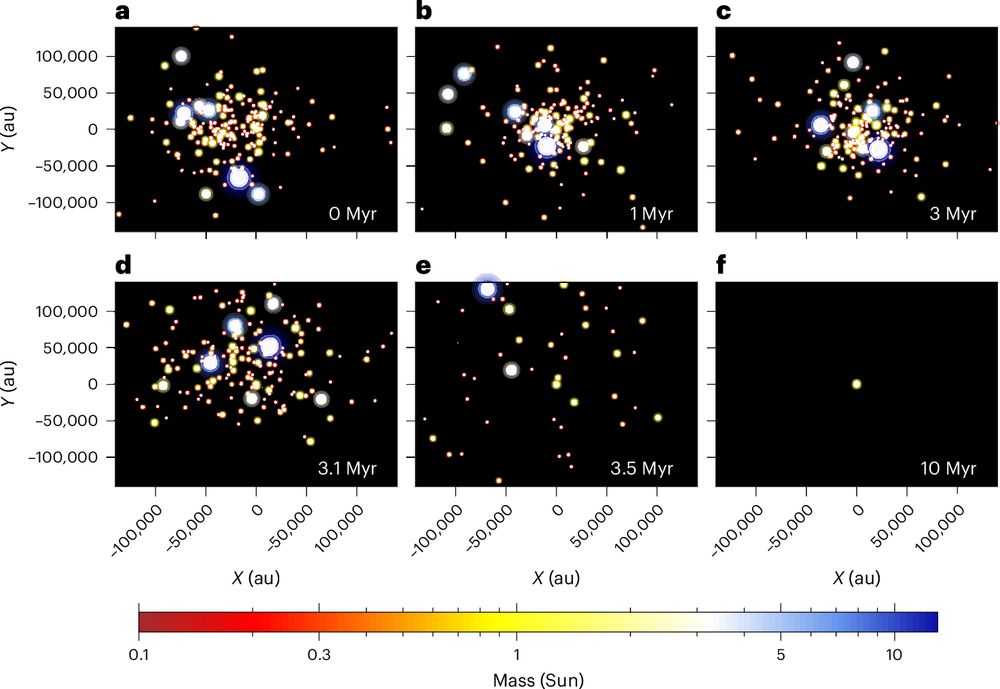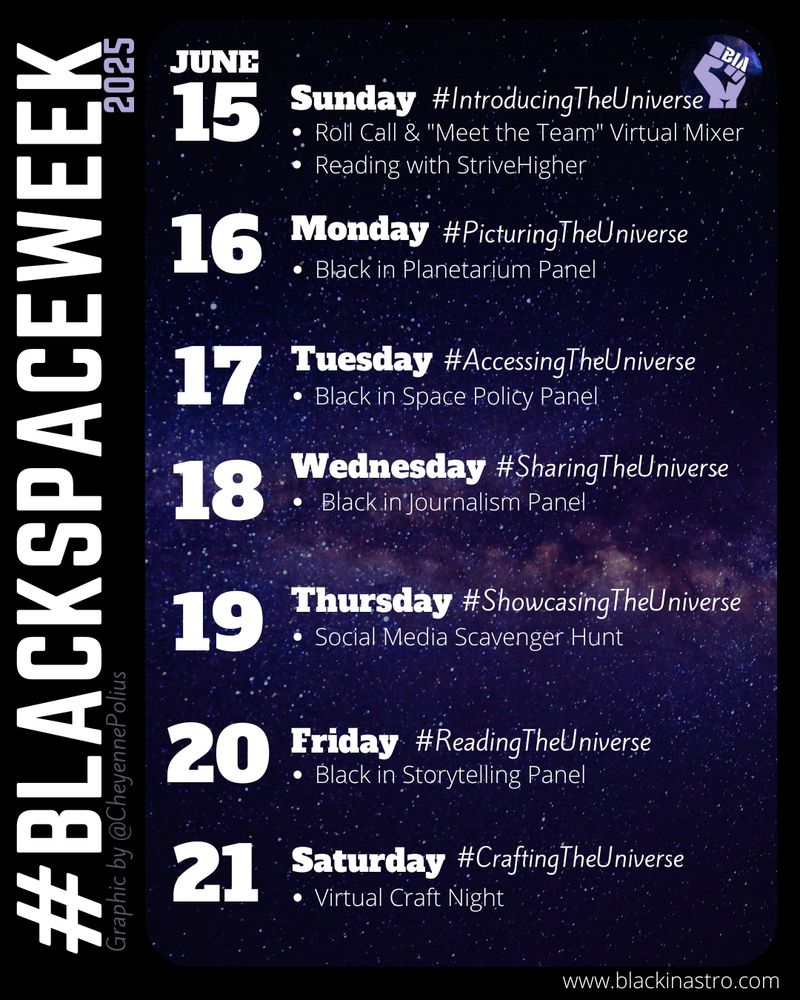
www.nature.com/natastron
#astronomy #exoplanets
#astronomy #astro 🔭,

#astronomy #astro 🔭,
#astronomy #exoplanets
#astronomy #exoplanets
@europlanetmedia.bsky.social hired an Impact Evaluation Officer to fix objectives, monitor & adapt the focus of the evaluation.
The project is now featured in @natastron.nature.com as a case study 🧪 bit.ly/3L67IZJ
#SciComm

@europlanetmedia.bsky.social hired an Impact Evaluation Officer to fix objectives, monitor & adapt the focus of the evaluation.
The project is now featured in @natastron.nature.com as a case study 🧪 bit.ly/3L67IZJ
#SciComm
🔭 #astronomy #astro

🔭 #astronomy #astro
New ALMA observations show that water molecules carry the same chemical fingerprint all the way from star-forming clouds to planet-forming discs and comets, meaning these molecules remain unaltered.
Learn more: www.eso.org/public/blog/...
🧪🔭

New ALMA observations show that water molecules carry the same chemical fingerprint all the way from star-forming clouds to planet-forming discs and comets, meaning these molecules remain unaltered.
Learn more: www.eso.org/public/blog/...
🧪🔭

A new study led by H. Sana (KU Leuven), with contributions from MPIA‘s Jaime Villaseñor @jvillasr.bsky.social, reveals that most massive stars in the Small Magellanic Cloud #SMC have a close partner star.
#Astronomy #MassiveStars

A new study led by H. Sana (KU Leuven), with contributions from MPIA‘s Jaime Villaseñor @jvillasr.bsky.social, reveals that most massive stars in the Small Magellanic Cloud #SMC have a close partner star.
#Astronomy #MassiveStars
For the first time, astronomers have obtained visual evidence that a star met its end by detonating twice.
The fingerprint that points to this mechanism is represented by two separate shells of calcium.
Read more: https://www.eso.org/public/news/eso2511/
🔭 🧪 ☄️ 1/

For the first time, astronomers have obtained visual evidence that a star met its end by detonating twice.
The fingerprint that points to this mechanism is represented by two separate shells of calcium.
Read more: https://www.eso.org/public/news/eso2511/
🔭 🧪 ☄️ 1/
The cover image depicts a ticking time bomb... a supernova progenitor on our doorstep! But don't worry, we still have a good 20 billion years until it goes bang.

The cover image depicts a ticking time bomb... a supernova progenitor on our doorstep! But don't worry, we still have a good 20 billion years until it goes bang.









https://bit.ly/3HkbmgA #AstroSci

https://bit.ly/3HkbmgA #AstroSci





